by Mary Starrs Armstrong, University of Alaska, Anchorage, AK
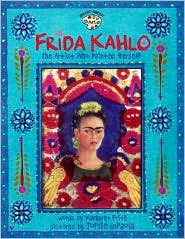 Reading biographies, studying the genre while having access to a variety of titles about the same person offers choice as well as opportunities for depth and exploration. Consider Elisabeta, a Mexican American fifth grader who did not see herself as a reader, who expresses surprise at the extent she got hooked on reading about the life and work of Mexican artist Frida Kahlo:
Reading biographies, studying the genre while having access to a variety of titles about the same person offers choice as well as opportunities for depth and exploration. Consider Elisabeta, a Mexican American fifth grader who did not see herself as a reader, who expresses surprise at the extent she got hooked on reading about the life and work of Mexican artist Frida Kahlo:
I really don’t like [books], but if it’s something really good, if it’s about a person and I’ll want to keep wanting to learn about that person and what else they would do … when we read the biographies, I like had to read them. I picked up a couple of them and like … Frida was one of the ones. At first I read the picture book and it was pretty good, and I found another one of her and I picked it up and read it and kept reading more and more and getting hooked and I didn’t realize it … all of a sudden I was fighting people just to get the Frida books. [I was getting very interested] very. Because I don’t like reading … like her books, I just loved reading them. She would like … she went through so much stuff and life, she still kept going on and going on …Yeah! I got hooked on Frida.
Further, offering biographies of people about whom the readers have never heard fuels curiosity and hopefully, further inquiry. After reading biographies of Elvis and Amelia Earhart, Marianne, a Caucasian third grader found a biography of King Tut (Edwards 2006). She told me:
Continue reading


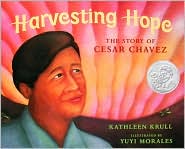
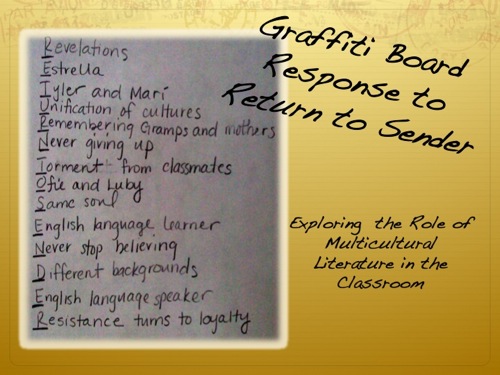


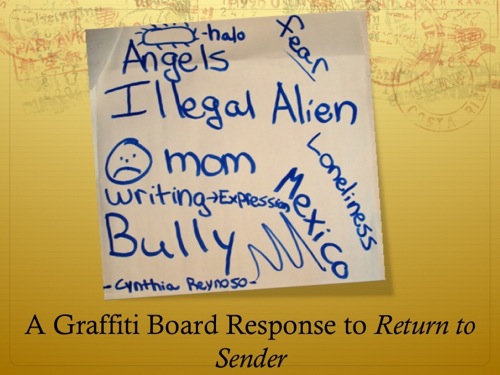
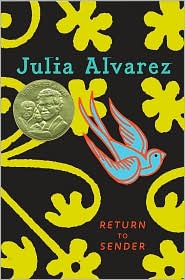 In our work as Latina teacher educators, we prepare teachers to be successful literacy educators in a multilingual world. In our teaching, we use high quality children’s and adolescent literature in order to invite our students to read multiculturally (Hade, 1997). That is, through small group and whole class literature discussions, we engage pre-service and in-service teachers to make personal connections with the literature and to take a critical stance to explore questions that often reveal the many sociopolitical forces shaping the education of minority students in the United States. These include interpreting signs of power, race, class, and equity, among others, as they are represented in the literature.
In our work as Latina teacher educators, we prepare teachers to be successful literacy educators in a multilingual world. In our teaching, we use high quality children’s and adolescent literature in order to invite our students to read multiculturally (Hade, 1997). That is, through small group and whole class literature discussions, we engage pre-service and in-service teachers to make personal connections with the literature and to take a critical stance to explore questions that often reveal the many sociopolitical forces shaping the education of minority students in the United States. These include interpreting signs of power, race, class, and equity, among others, as they are represented in the literature.